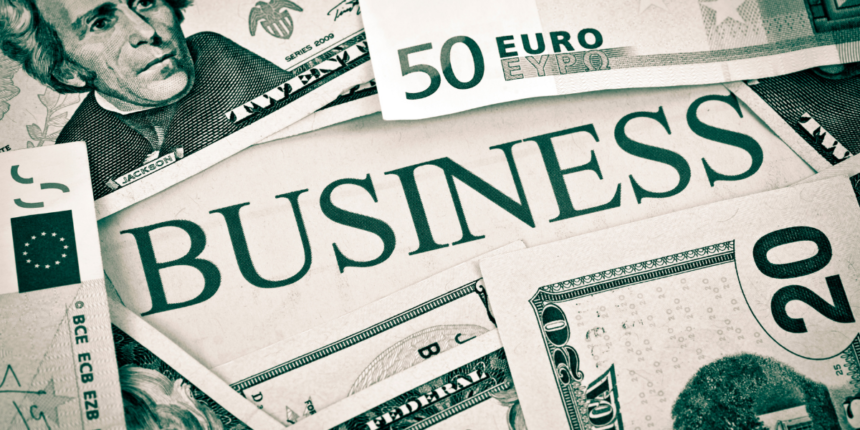INGKA Group, the parent company of IKEA, has introduced a structured Net Zero Transition Plan, detailing its strategies to lower greenhouse gas (GHG) emissions across its full value chain. With over 400 IKEA stores under its management, the company outlines specific actions to reach a 50% emissions reduction by 2030 and achieve net zero by 2050. The plan includes detailed analyses of emission sources such as materials, mobility, and store operations, and proposes various solutions to decrease emissions. Additionally, the company acknowledges the need for innovation to bridge remaining gaps in its reduction targets.
In previous sustainability initiatives, IKEA has focused on renewable energy adoption and sustainable material sourcing. The company has progressively implemented measures such as increasing the use of recycled materials and investing in clean energy within its supply chain. However, the newly announced plan provides a more comprehensive roadmap compared to earlier efforts by explicitly identifying key emission sources and defining category-specific reduction measures. This approach offers a more structured framework than past initiatives, which primarily addressed individual sustainability goals without a detailed emissions breakdown.
How Will IKEA Reduce Emissions in Its Products?
Materials play a crucial role in IKEA’s emissions footprint, accounting for nearly 45% of its total value chain emissions. The company aims to cut emissions from materials by 50% compared to 2016 levels, equating to a reduction of 5.4 million tonnes of CO2e. Strategies to achieve this include increasing the proportion of recycled content in products, optimizing material usage, reducing waste, and improving traceability of raw materials. Additionally, IKEA plans to expand the use of responsibly sourced wood, textiles, and plastics to further limit its carbon footprint.
What Other Measures Will Be Implemented?
Beyond material improvements, the plan includes transitioning to 100% renewable energy across its operations by 2030, expanding plant-based food options in IKEA stores, and increasing investments in lower-carbon asset classes. The company also targets phasing out fossil fuels in its supply chain and achieving over 90% zero-emission home deliveries by 2028. Engaging suppliers to set emissions reduction goals is another priority, along with developing circular services that allow customers to extend product lifespans.
Stakeholder involvement and policy engagement are also emphasized in the transition plan. The company advocates for stronger national commitments aligned with the 1.5°C climate target and calls for policies that accelerate renewable energy investments. Other key areas of focus include sustainable transport, responsible forestry, and reducing food waste, with the company seeking government and industry collaboration to drive progress.
Karen Pflug, Chief Sustainability Officer at Ingka Group, stated:
“Thanks to the dedication and work of many colleagues across the business, this plan has taken in many learnings and goes deeper than ever before into each of our climate emission categories for our business. We hope that by being transparent about our challenges, dependencies and innovation gaps we can inspire others and lead conversations that will support us in achieving the transition in our own business and broader society.”
Simon Henzell-Thomas, Climate & Nature Manager at Ingka Group, added:
“Climate change is highly complex, and we don’t pretend to have all the answers, but as a multinational business we have a responsibility to be part of driving the transition to net zero in society. But we can’t do it alone. Climate change has no borders and together – across the public and private sector – we must collaborate across industries and with governments and customers to drive real change.”
By implementing these measures, INGKA Group aims to refine its sustainability efforts with a structured approach that identifies challenges and opportunities. The emphasis on supplier collaboration, renewable energy adoption, and circular economy practices suggests a broad strategy encompassing both internal operations and external partnerships. While challenges remain, particularly in areas requiring technological advancements, the plan provides a clear framework for measurable progress. Monitoring future developments and how effectively these strategies are executed will be essential in assessing the company’s sustainability trajectory.










